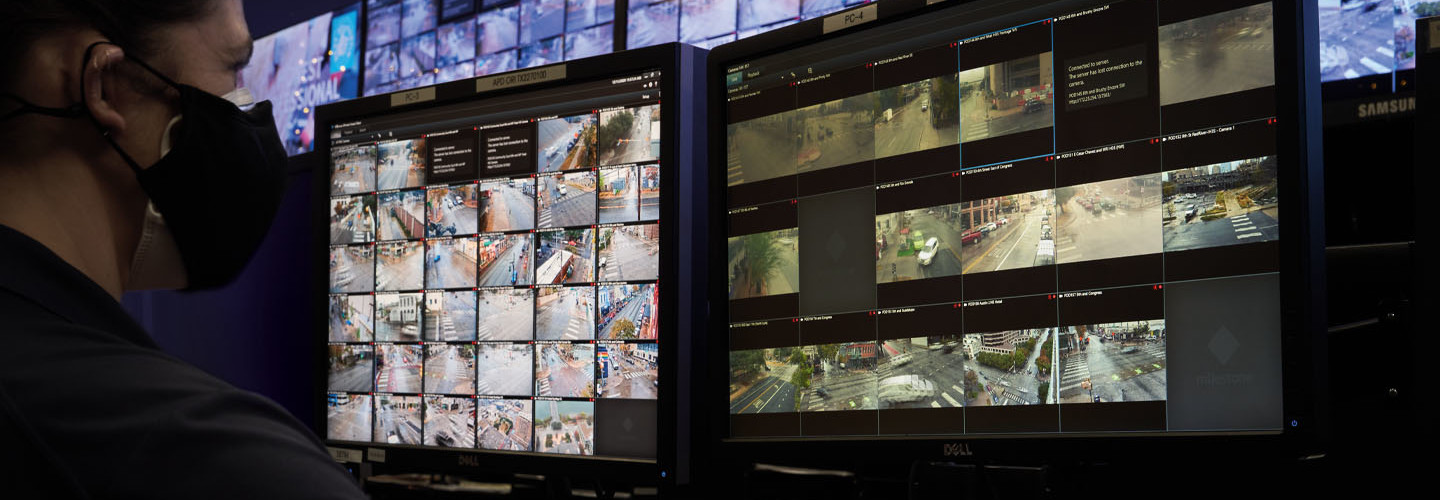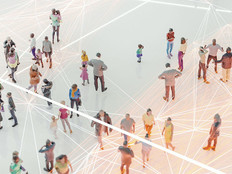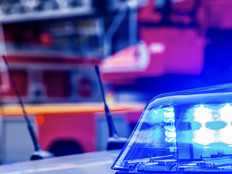Technology Helps Improve Public Safety
The Austin Police Department upgraded its RTCC hardware recently and plans to move to a larger space by summer 2021.
The current 12-by-20-foot operations center features a video wall made up of eight 50-inch displays that allow officers to project footage from the city’s video cameras and to monitor news.
During a typical shift, a police lieutenant and three officers conduct their research from four desks, each equipped with two Dell desktop PCs and two 34-inch curved Dell UltraSharp displays, says Lt. James Cartier, who supervises the department’s Police Technology Unit.
The two computers on each desk operate on different networks. An administrative PC — the small-format Dell OptiPlex 5060 — provides a seat to conduct online research.
The second PC — the Dell OptiPlex 7060 minitower — is air gapped, meaning it’s on a secure network and not connected to the internet. Officers use the secure PC to access the computer-aided dispatch system and internal, state and national law enforcement databases.
MORE FROM STATETECH: What are fusion centers and what kind of technology powers them?
Protecting Crime Hot Spots in Cities
Austin police deployed 52 cameras using Hitachi Vantara hardware and software throughout downtown and in crime hot spots throughout the city. RTCC officers can also access other video cameras owned by the city and the local school district, and some in local businesses that have allowed police access.
“Those videos are from high- definition cameras. You don’t want any lag or endless buffering,” Cartier says.
The RTCC staff toggles back and forth between two computers. Staffers contact the field through CAD or the public safety radio system, he says.
During major incidents, the RTCC can coordinate the response for the police department. RTCC personnel can see each patrol officer’s location on the CAD system through the use of live GPS data, Cartier says.
“We have a 360-degree view of everything,” Fortune says. “If something major happens in one part of the city, we can see where the other officers are at and send resources to assist.”












